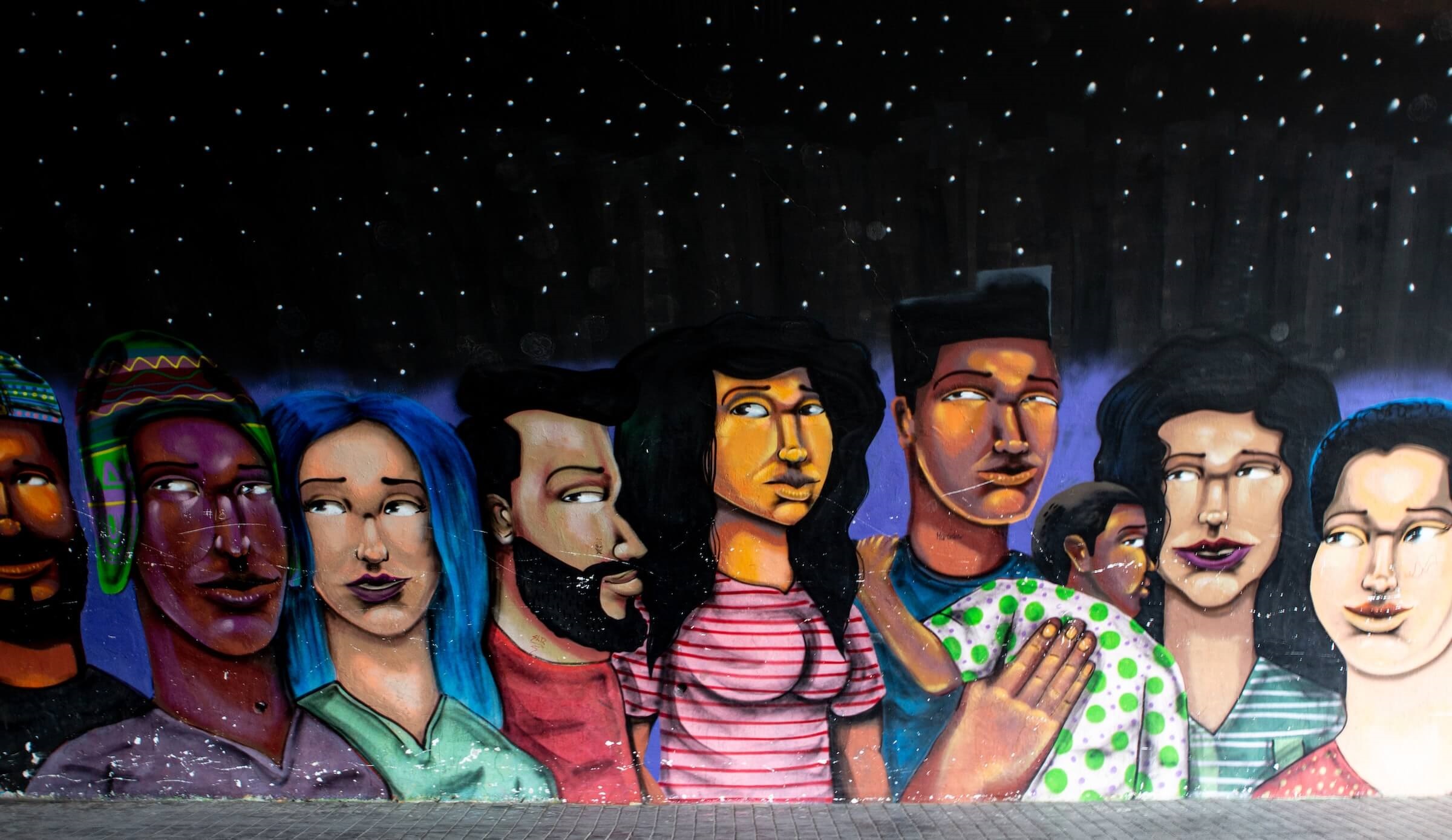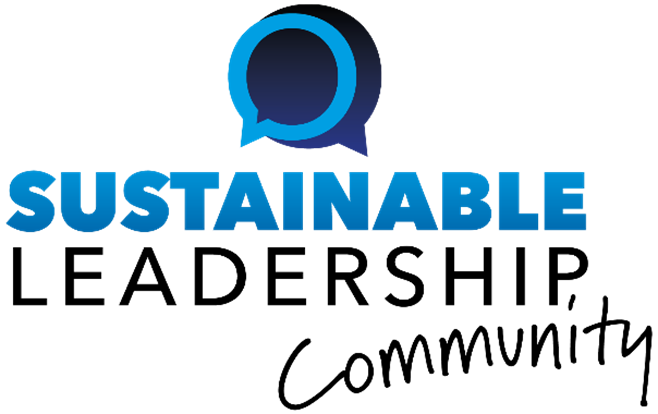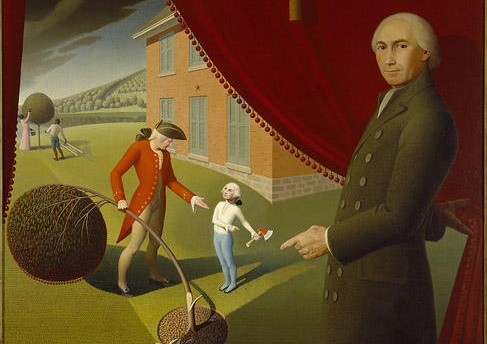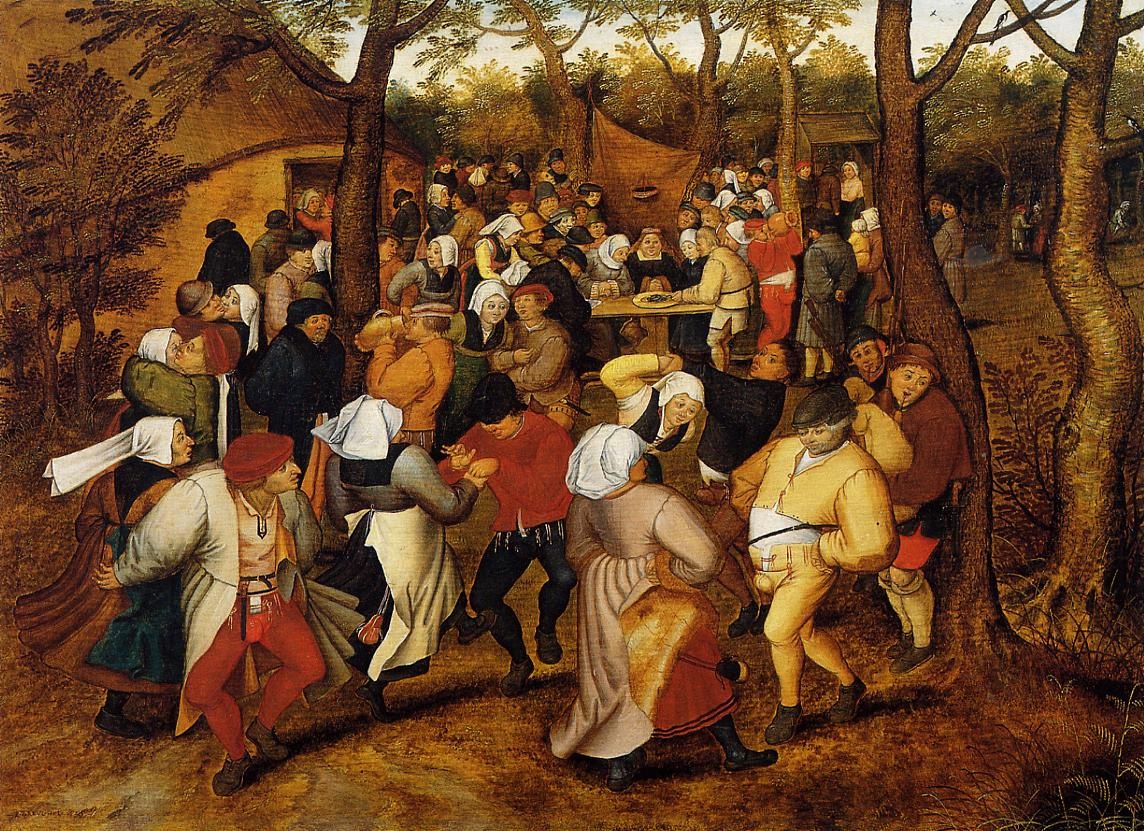KEY CONCEPT
In culturally tight countries, social networks that offer employees access to diverse knowledge enhance their creativity more than social networks that offer employees access to a large amount of knowledge, but much of it redundant.
IDEA SUMMARY
Knowledge acquired from contacts in the social networks of employees can influence and impact their creativity—contributing, for example, insights, perspectives, and supporting material to help them generate innovative ideas for products and processes. According to a meta-analysis of 30 years of research on social networks and creativity, conducted by researchers in Europe and Singapore, the creativity value of networks depends on:
- knowledge bandwidth, the amount of knowledge received through the network and understood by recipients, and
- knowledge diversity, the variety of knowledge contributed by network contacts (as opposed to the same knowledge repeated by different people).
While both knowledge bandwidth and knowledge diversity are needed for creativity, they often trade off—that is, the network characteristics that increases bandwidth reduce diversity, and vice-versa.
Consider the issue of networks with structural holes—that is, networks with contacts who are not connected to each other. Because structural holes reflect contacts who come from a variety of social circles (work, university, family, shared interests, etc.), the knowledge shared through the network is diverse. However, the interpersonal relationship among such contacts is weaker, with the result that less knowledge is shared. Thus, structural holes lead to greater knowledge diversity but less knowledge bandwidth.
In contrast, the interpersonal trust generated in highly cohesive networks (i.e., networks with fewer structural holes because many of the contacts are connected to each other) results in more knowledge being shared by contacts. At the same time, the more contacts in your network are connected to each other, the more redundant the knowledge shared from these contacts. Thus, network cohesion leads to greater knowledge bandwidth but less knowledge diversity.
Another network characteristic that impacts the creativity value of a network is tie strength, defined by such factors as duration (how long contacts have been connected), interaction frequency, and emotional closeness. The interpersonal trust of strong ties motivates contacts to share knowledge. Thus, strong ties increase knowledge bandwidth. Much of this knowledge, however, will be redundant. On the other hand, weak ties are more likely to involve contacts from different social circles, and therefore result in increased knowledge diversity.
In sum, networks with structural holes and weak ties yield knowledge diversity but reduce knowledge bandwidth; network cohesion and strong ties, on the other hand, reduce knowledge diversity but increase knowledge bandwidth.
According to the research team, whose analysis covered 77 studies from around the world, the question of whether knowledge bandwidth or knowledge diversity is more important for creativity depends on the context of cultural tightness—that is cultures in which social norms and conformity are highly valued. In culturally tight countries, the knowledge base available to creative people is likely to be more homogenous and redundant. As a result, social networks with structural holes and weak ties offer an opportunity for creatives to access a greater diversity of knowledge not easily acquired through other means.
In culturally loose countries, diverse knowledge circulates more easily. However, cultural looseness leads to less trust in society’s institutions and less common understanding built around strong norms. For creative people in culturally loose countries, therefore, cohesive social networks with strong ties are more valuable because they are built on interpersonal trust and common understanding—the type of trust and understanding that leads to greater knowledge bandwidth.
BUSINESS APPLICATION
Cultural differences can be nuanced, a challenge for leaders of multi-national workforces despite their best intentions. This research reveals one such area of nuance: the relationship between social networks and creativity in culturally tight countries.
Cultural tightness might be presumed to hamper creativity, since a creative person is more likely to flourish in a culture that values individuality and pushing the bounds of social norms. However, social networks can influence and contribute to the creativity of employees in tight cultures. The key for creative employees in these cultures is to have social networks that give them access to diverse knowledge, which is less readily accessed through other means. The tighter the culture, the more leaders should encourage employees to develop a broad and diverse network of contacts.
FURTHER READING
Céline Flipo’s profile at IESEG School of Management, Univ. Lille
http://ieseg-it.fr/academ/11578.pdf
Pier Vittorio Mannucci’s profile at Bocconi University
https://mgmt-tech.unibocconi.eu/people/pier-vittorio-mannucci
Kevyn Yong’s profile on LinkedIn
https://www.linkedin.com/in/kevynyong/?originalSubdomain=sg
REFERENCES
The impact of cultural tightness on the relationship between structural holes, tie strength, and creativity. Céline Flipo, Pier Vittorio Mannucci, and Kevyn Yong. Journal of International Business Studies (May 9, 2022).
https://link.springer.com/article/10.1057/s41267-022-00525-7











